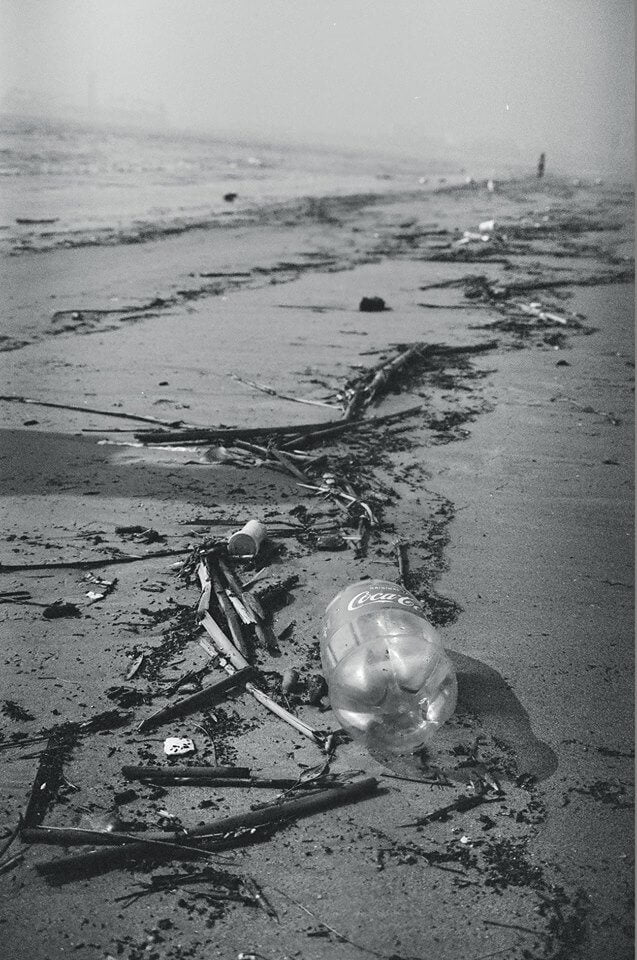
It’s convenient, inexpensive, and durable. It’s created from chain-like molecules called polymers and is made to be malleable and practical. It’s everywhere, in what we wear, what we carry around, and what we eat and drink from. It can take anywhere between 10-1000 years to decompose. It’s plastic.⠀

⠀
Used once and then discarded, plastic becomes debris and pollutes our planets waterways, oceans, and landfills. Plastic has the ability to be transported globally within our ocean currents all while damaging underwater ecosystems, being mistaken for food by wildlife, and eventually washing up and littering our beaches and coastal environments. Plastic pollution is nothing new and everyone has probably heard about it a million times by now. But if everyone were to rethink just ONE thing they consume and discard each day, it’s one step closer to thinking about two things and then three things and then all the things.

Illustration by @lilypadula done for NBC News on how the plastic pollution crisis in the ocean needs a solution that focuses on more than plastic straws.⠀
If your bathtub was overflowing, you wouldn’t immediately reach for a towel or a mop - you’d turn the tap off first. This is what we need to do with single-use plastics (including, but not limited to straws!).
How can we tackle this issue on an individual level:
1. “No thank you” to plastic bags, plastic to-go containers, plastic cutlery, and plastic straws. Bring your own re-usable bag and ask if you can use your own tupperware for food. A little pencil case with chopsticks or cutlery is super small and easy to carry around.
2. Bring a re-usable coffee mug or water bottle. Pack a little container of tea bags if you want something a little tastier than water.
⠀
3. Fill growlers instead of buying drinks in six pack rings. Fill old glass jars and buy in bulk at local refillery stores.
 ⠀
⠀
4. Buy used! You can literally find anything you need in near perfect condition from thrift stores or on online selling apps and marketplaces. Not only is this such an easy way to avoid any plastic packaging, but you are able to use something that someone would otherwise potentially have throw into the garbage. For example, something as small and innocent as a pair of scissors, which are ALWAYS wrapped in so much packaging, can be found at your local thrift store in the handfulls.
5. Wash your synthetic clothes at a minimum. Synthetic materials leach teeny tiny micro-plastics fibres into the water which ultimately wind up in our waterways, oceans, and lakes.

6. Support small businesses trying to tackle the plastic pollution crisis from the top-down. Some new and innovative products are things like beeswax wraps, paper tape, laundry soap in strips, Swedish dish clothes, bamboo toothbrushes, and any beauty product that comes as a solid with little or no packaging ie. shampoo bars and bars of soap. Did you know that only 34% of personal care products are recycled... why?? Because most items come in difficult to clean containers (all recyclable material has the best chance of being recycled if it isn’t contaminated) and most packaging is made of mixed materials that your local recycling just won’t take.

Ultimately, it all comes down to REDUCING, REFILLING, and REUSING. It all starts with small and simple changes. Keep making intentional choices until it becomes a habit because every action has an impact. We need you!!


0 comments